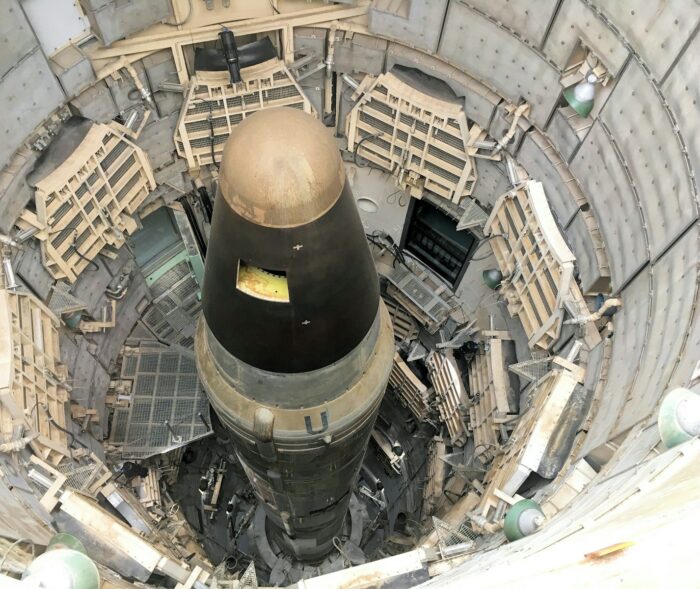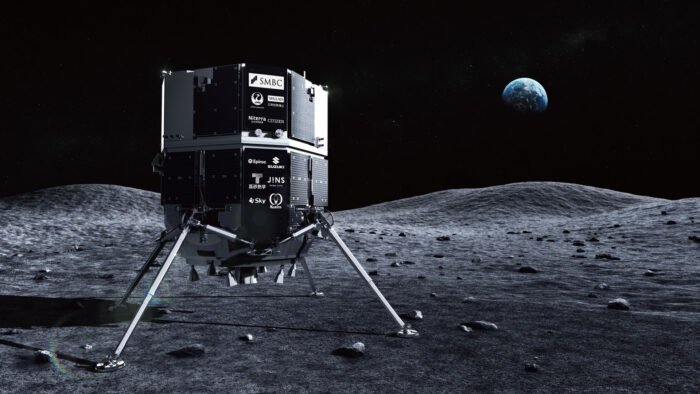Insider Brief
- The UK government is reportedly investing £8 million ($10 million USD) in a new research program focused on developing spoof-proof satellite navigation systems for aircraft.
- This program, part of the UK’s larger £2.5 billion National Quantum Strategy, aims to develop technologies that offer resilience and precision even in environments where GPS signals are unreliable or deliberately blocked.
- While the technology holds promise, its widespread deployment in aviation is still a long-term goal with many experts predicting that quantum-based systems are at least a decade away from being commercially viable.
With the increasing risks of jamming and spoofing to satellite navigation systems, the UK government is reportedly investing £8 million ($10 million USD) in a new research program focused on developing spoof-proof navigation systems for aircraft. This program, part of the UK’s larger £2.5 billion National Quantum Strategy, aims to develop technologies that offer resilience and precision even in environments where GPS signals are unreliable or deliberately blocked.
The Quantum Edge in Navigation
The research program features flight tests of quantum-based navigation systems aboard QinetiQ’s RJ100 airborne demonstrator, equipped with a cutting-edge optical atomic clock and a quantum-based system leveraging ultra-cold atoms. Quantum Position, Navigation, and Timing (PNT) systems have shown unique potential to improve navigation performance and security across critical applications, especially where GPS is compromised or unavailable.
Douglas Paul, a principal investigator at the University of Glasgow, highlights the role of quantum sensors, including gyroscopes and magnetometers, in enhancing navigation precision. His team is also working with Thales on photon lidar systems for aircraft landing, which can navigate through clouds, mist, and other obstructions with impressive range and accuracy.
The Developmental Road Ahead
While the technology holds promise, its widespread deployment in aviation is still a long-term goal. Safran Electronics & Defense, for instance, remains cautious. Emmanuel Robert, head of Safran’s inertial navigation R&D, estimates that quantum-based systems are at least a decade away from being commercially viable. Meanwhile, Safran continues to develop its Hemispheric Resonator Gyroscope (HRG) technology, which is currently impacting the global navigation market by offering high performance in a miniaturized form.
In the interim, hybrid systems combining classical and quantum sensors show promise by merging fast measurement speeds with the low drift characteristics of quantum sensors. These systems could provide the robustness needed in challenging navigation environments, offering “holdover” functionality to bridge moments when satellite signals are unavailable.
Real-World Relevance and Safety Considerations
The potential of quantum navigation systems for aviation safety became especially relevant following recent events like the suspension of Finnair’s flights to Tartu due to jamming. Enhanced PNT systems, particularly those that do not rely solely on GNSS, could mitigate such disruptions, ensuring safer and more reliable navigation.
Though the deployment of quantum navigation systems on a large scale will likely require more than a decade, ongoing research and flight trials by partners like BAE Systems and QinetiQ indicate significant strides toward achieving greater accuracy and resilience in the aviation sector.
Share this article:










